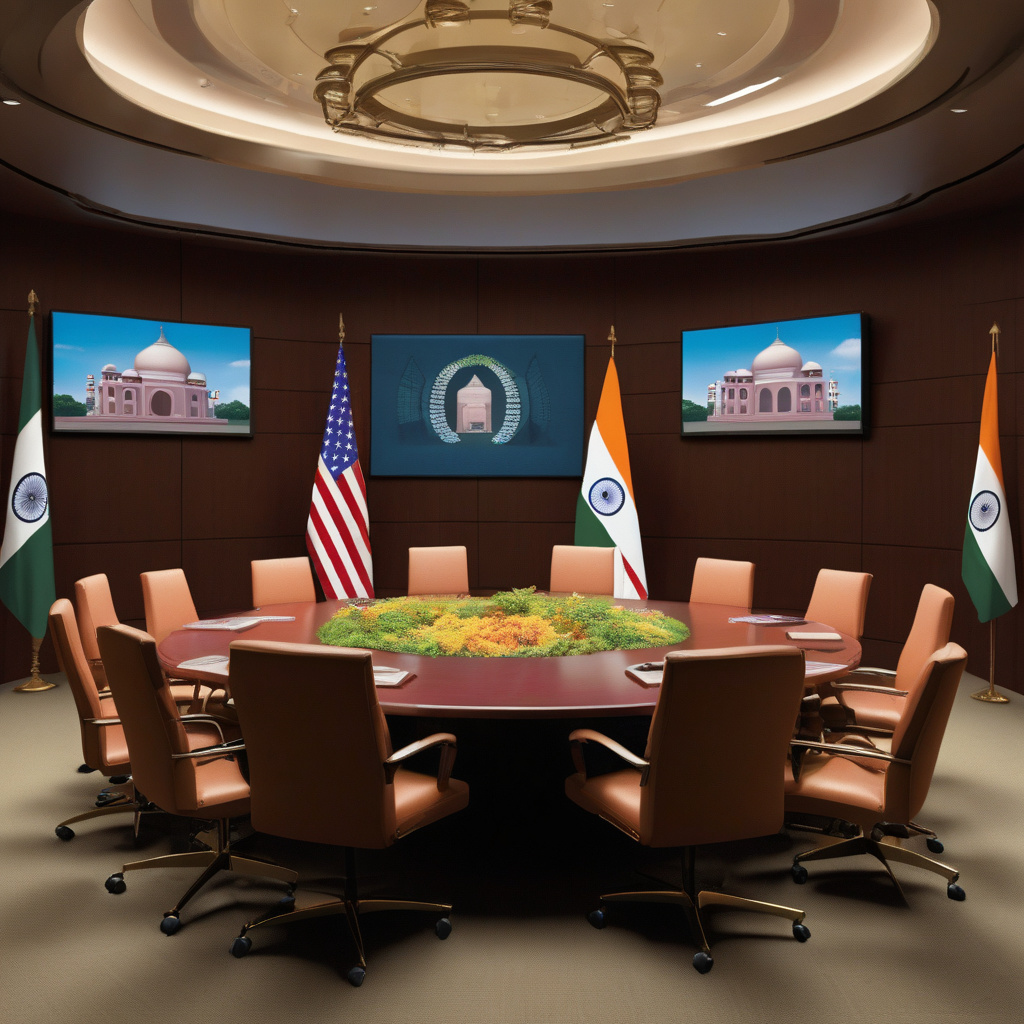India Seeks Tech Parity and Trade Concessions in US Pact Talks
In the fast-paced world of international trade, negotiations between nations can often be complex and multifaceted. Recently, the spotlight has been on the talks between India and the United States, where both countries are aiming to strike a deal that could have far-reaching implications for their economies. While the US is pushing for lower tariffs on cars, wines, and agricultural products, India is seeking tech parity and trade concessions to level the playing field.
The US has been vocal about its desire for India to reduce tariffs on American goods such as cars, wines, and agricultural products. Lowering these tariffs would not only make US products more competitive in the Indian market but also help in reducing the trade deficit between the two nations. With the US being one of the largest markets for Indian exports, especially in sectors like information technology and pharmaceuticals, India is under pressure to make concessions to ensure a favorable trade agreement.
On the other hand, India is looking to address issues related to tech parity and trade concessions in the negotiations. The Indian government aims to promote its IT industry and create a level playing field for Indian tech companies operating in the US market. By seeking tech parity, India is pushing for easier access for its tech professionals to work in the US and for Indian tech companies to compete on an equal footing with their American counterparts.
Additionally, India is also keen on securing trade concessions that would benefit its growing e-commerce and retail sectors. With the rise of digital marketing and e-commerce platforms in India, the government is looking to ensure that Indian companies have fair access to the US market. By negotiating for trade concessions, India hopes to boost its retail exports and create more opportunities for Indian businesses to expand internationally.
The outcome of these trade talks between India and the US has the potential to reshape the economic landscape for both countries. A successful agreement could lead to increased trade, investment, and collaboration in key sectors such as technology, e-commerce, and retail. However, reaching a consensus will require both nations to make concessions and find common ground on contentious issues.
As the negotiations continue, it is essential for both India and the US to prioritize mutual benefits and long-term economic growth. By addressing concerns related to tariffs, tech parity, and trade concessions, both countries can pave the way for a more robust and sustainable trade relationship. The stakes are high, but the potential rewards of a successful agreement are even higher.
In conclusion, the trade talks between India and the US represent a critical juncture in their bilateral relations. With the US pushing for lower tariffs on cars, wines, and agricultural products, and India seeking tech parity and trade concessions, the negotiations are poised to shape the future of trade between the two countries. As both nations strive to find common ground and reach a mutually beneficial agreement, the world watches eagerly to see the outcome of these pivotal discussions.
India, US, Trade Talks, Tech Parity, Economic Growth
